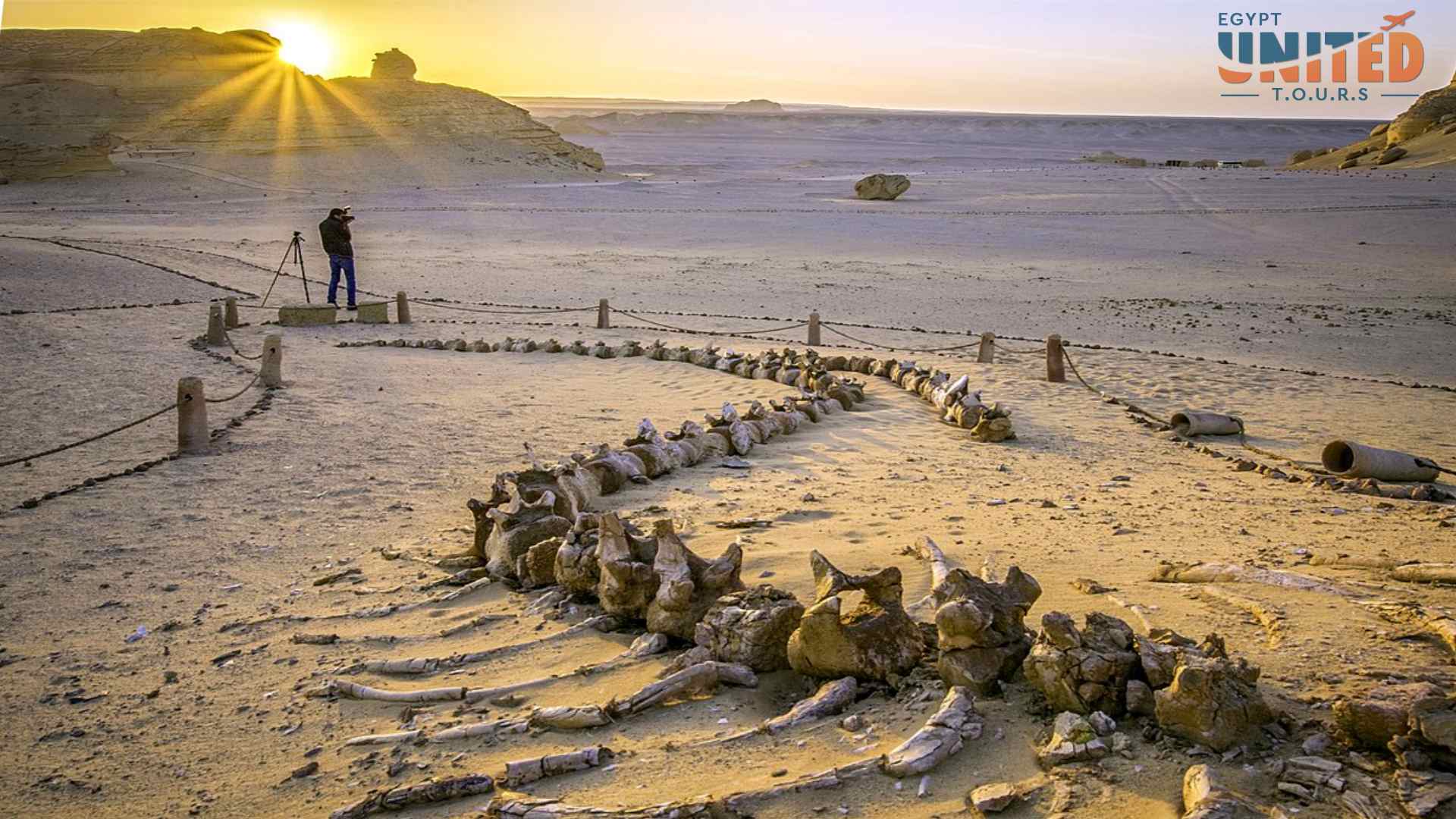
Wadi El Hitan Revive Mysteries Of The World From 40 Million Years
The Fayum Depression includes the site known as Wadi al-Hitan, or "Valley of the Whales," a sprawling, incidental burial ground where ancestors of modern whales appear to swim through yellow.
+Egypt18.jpg)
Travel Trip Journey Wadi AlHitan (Whale Valley) Egypt
Wādī al-Ḥītān is the most important site in the world to demonstrate one of the iconic changes that make up the record of life on Earth: the evolution of the whales. It portrays vividly their form and mode of life during their transition from land animals to a marine existence.
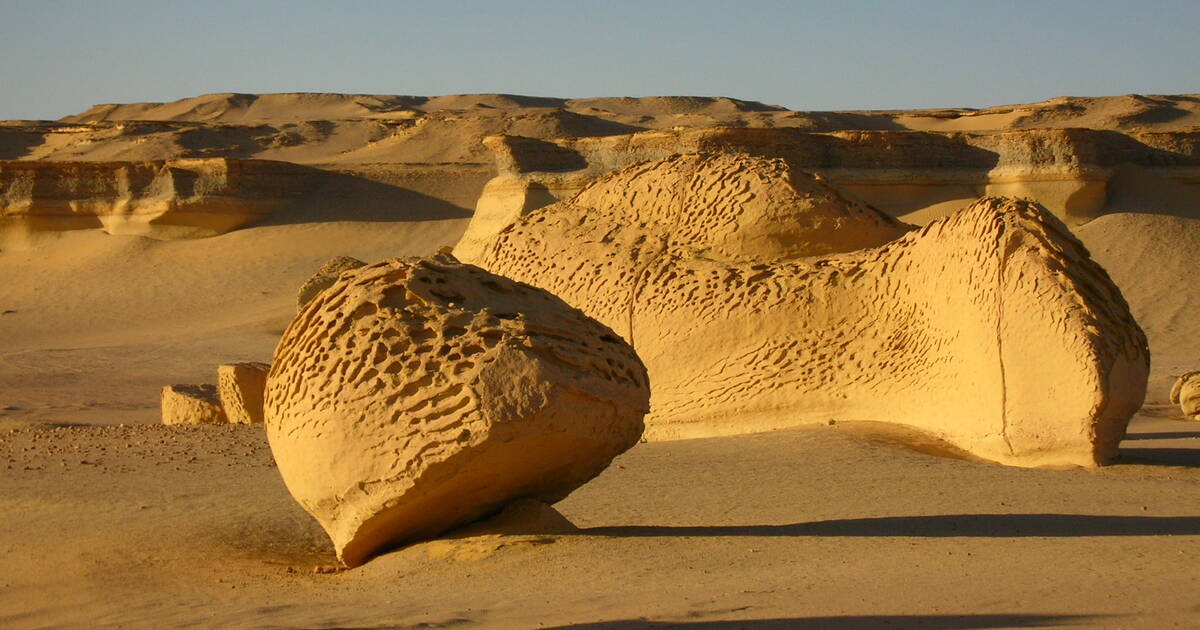
Wadi AlHitan (Whale Valley) UNESCO World Heritage Centre
IUCN Green List Wadi Al-Hitan - IUCN Green List Attributes Site Summary EAGL Evaluation Summary Links Site Attributes WDPA ID 902487 Size 200.15km 2 Designation (s) World Heritage Site (natural or mixed) IUCN Category II Year Established 2005 Marine Protected Area No Governance Type Government-delegated management Site Manager Mohamed Sameh

Valley of the Whales Wadi Al Hitan em alFayyum 1 opiniões e 9 fotos
Values: Wadi Al-Hitan, Whale Valley, in the Western Desert of Egypt, contains invaluable fossil remains of the earliest, and now extinct, suborder of whales, Archaeoceti. These fossils represent one of the major stories of evolution: the emergence of the whale as an ocean-going mammal from a previous life as a land-based animal, about 37.
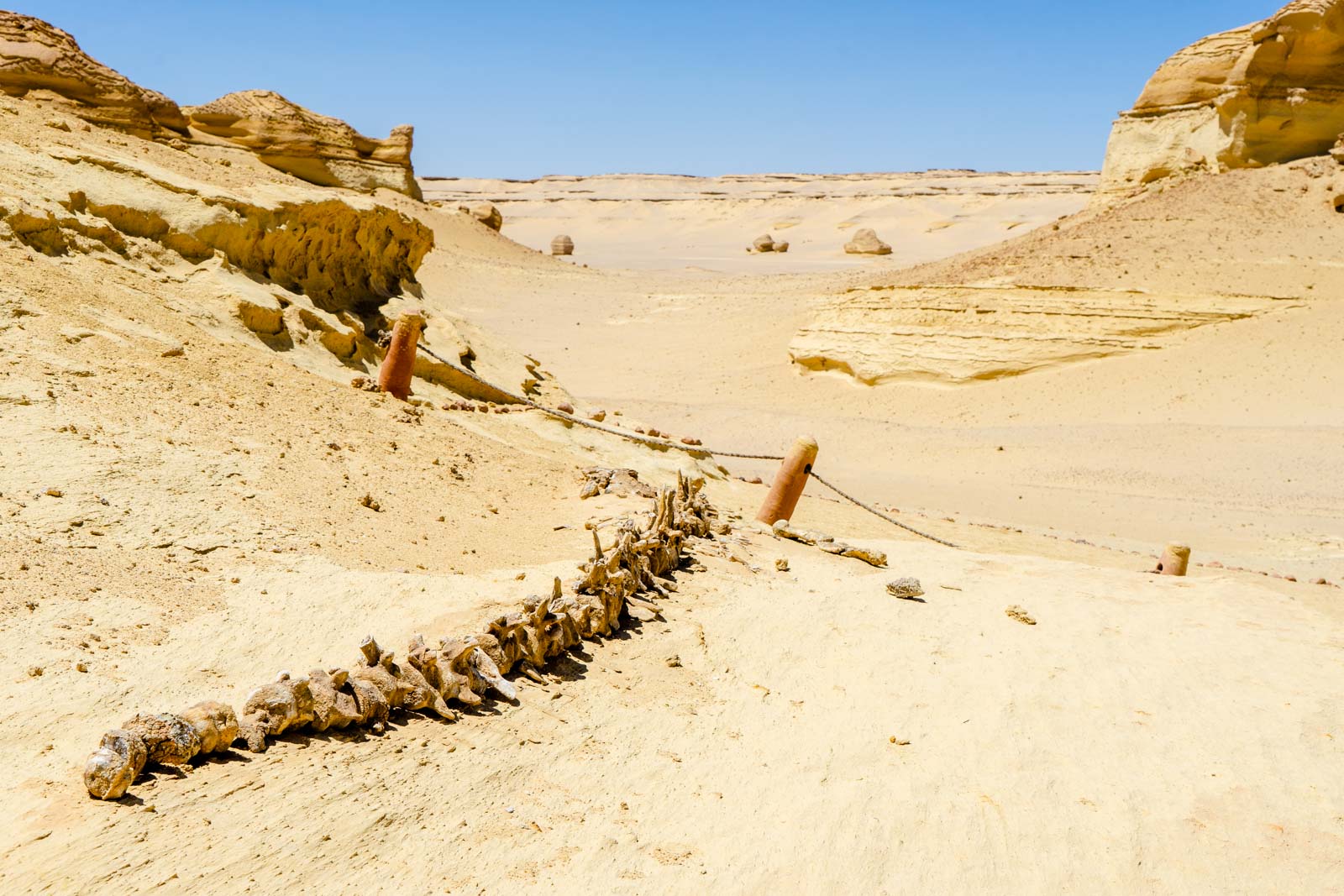
Egypt's Whale Valley What Wadi AlHitan can teach us!
Wadi Al-Hitan, Whale Valley, in the Western Desert of Egypt, contains invaluable fossil remains of the earliest, and now extinct, suborder of whales, Archaeoceti. These fossils represent one of the major stories of.
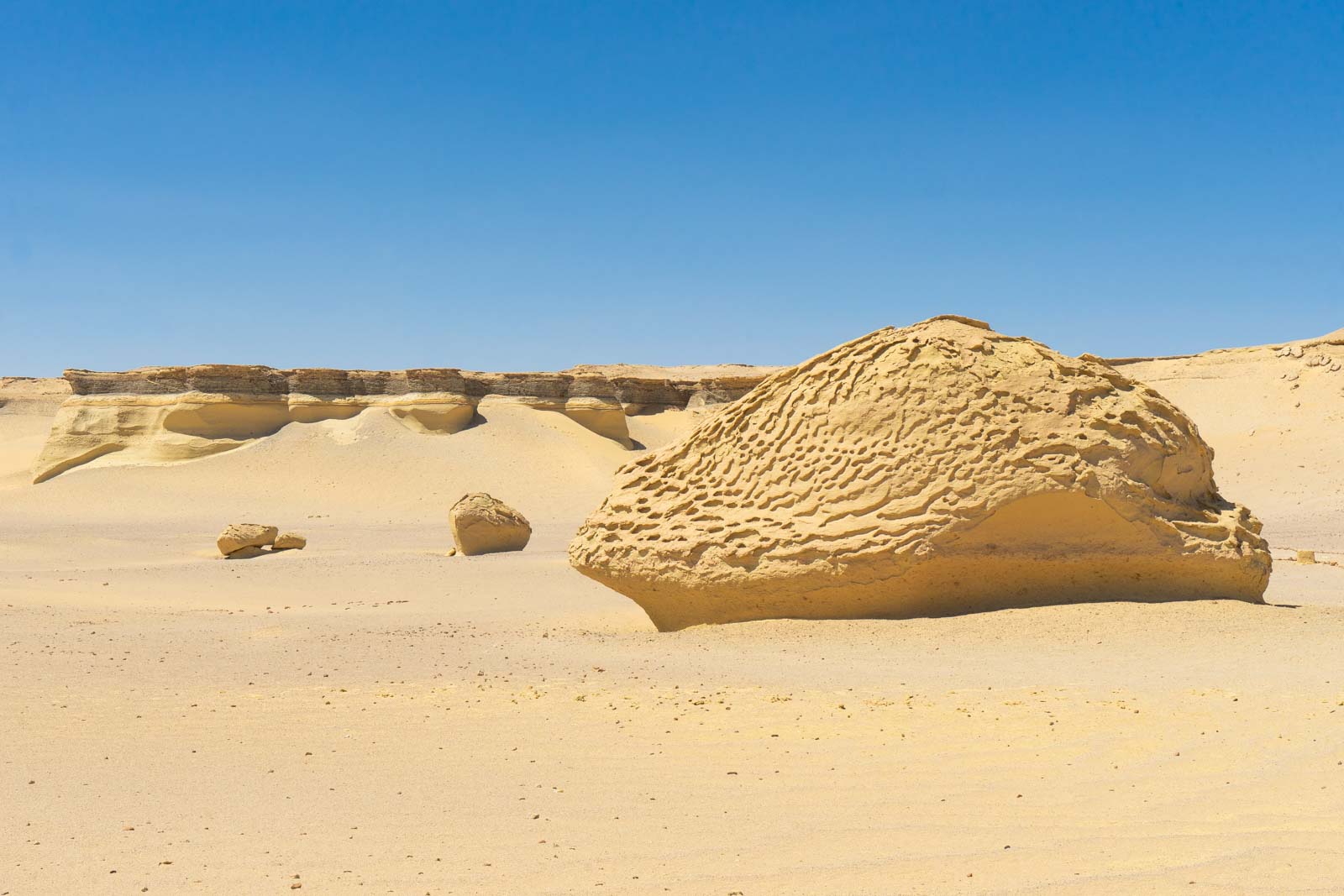
Egypt's Whale Valley What Wadi AlHitan can teach us!
The fossils of Wadi Al-Hitan dating back to 50 million years show the youngest archaeocetes, in the last stages of evolution from land animals to a marine existence. They already display the typical streamlined body form of modern whales, whilst retaining certain primitive aspects of skull and tooth structure, as well as hind legs.

A visit to Wadi AlHitan exploring fantastic whale fossils
Wadi Al-Hitan, Whale Valley, in the Western Desert of Egypt, contains invaluable fossil remains of the earliest, and now extinct, suborder of whales, the archaeoceti. These fossils represent one of the major stories of evolution: the emergence of the whale as an ocean-going mammal from a previous life as a land-based animal.
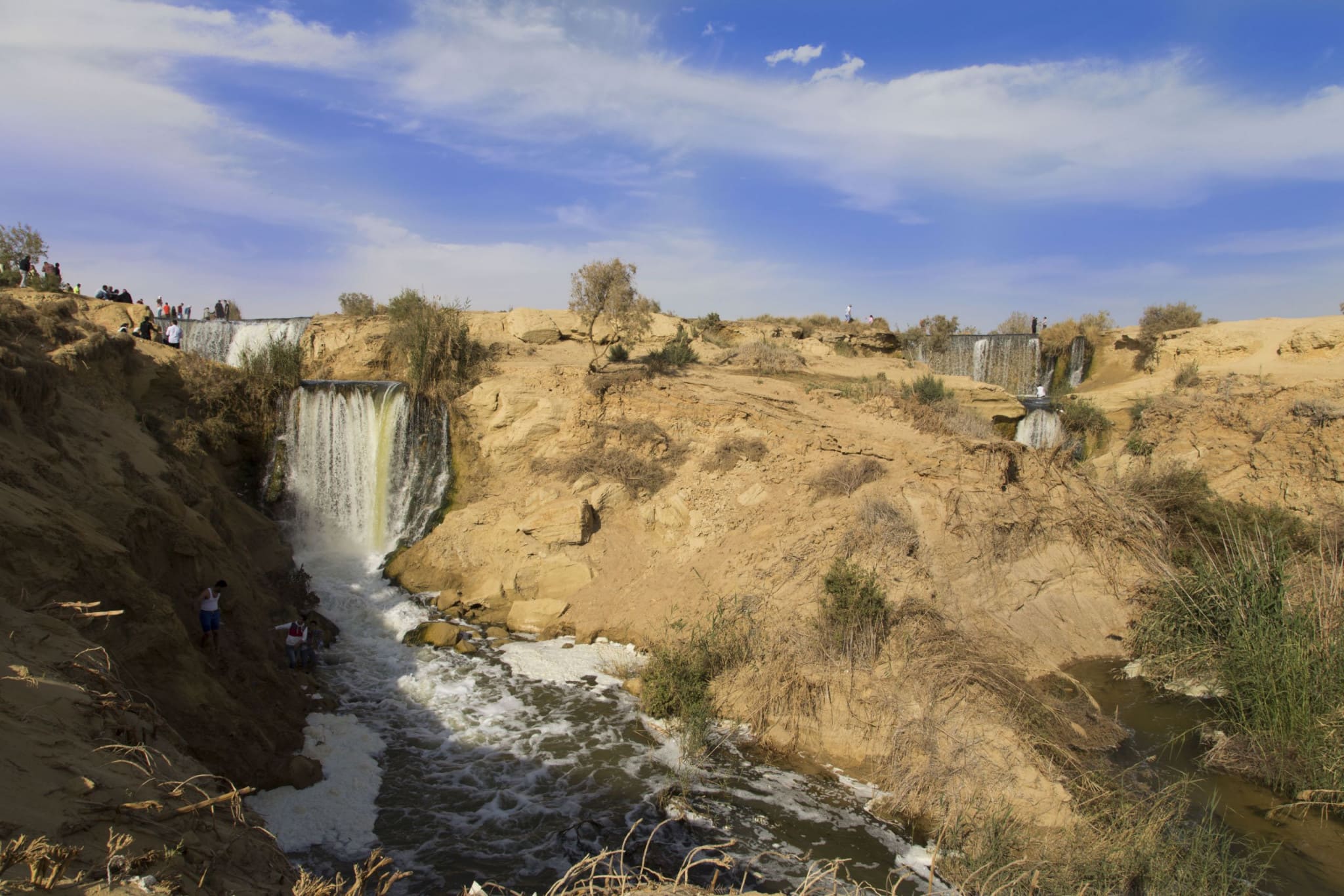
A walk through history at Wadi AlHitan Whale Valley Chris Travel Blog
Wadi Al-Hitan - also known as Whale Valley - is located in the Western Desert of Egypt. It is an 'open-air museum' of invaluable fossil remains of the earliest, and now extinct, suborder of whales (Archaeoceti), as well as other prehistoric fossil remains and diverse living wildlife.
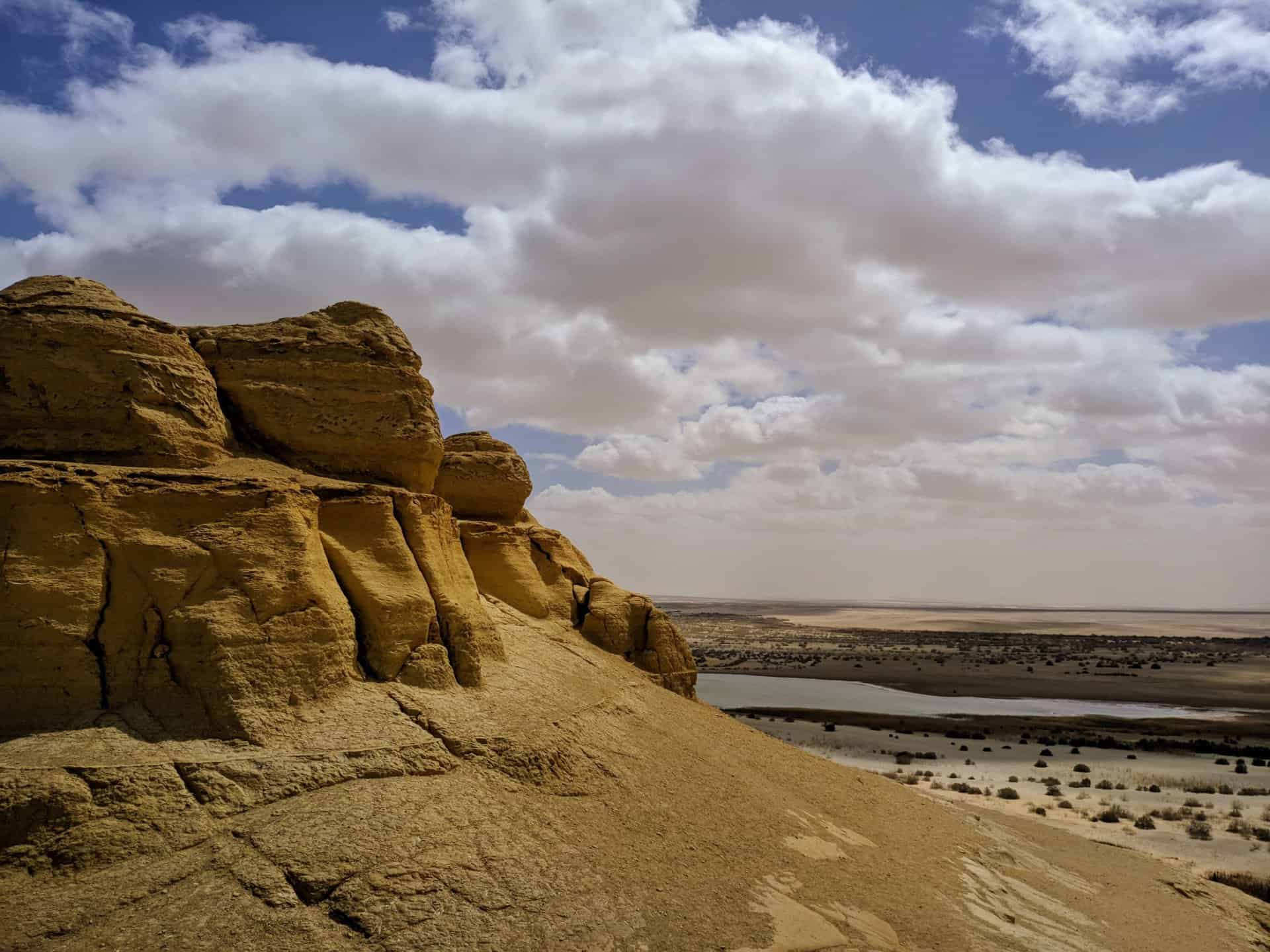
Valley of the Whales A Phenomenal National Park in the Middle of Nowhere ConnollyCove
Values: Wadi Al-Hitan, Whale Valley, in the Western Desert of Egypt, contains invaluable fossil remains of the earliest, and now extinct, suborder of whales, Archaeoceti. These fossils represent one of the major stories of evolution: the emergence of the whale as an ocean-going mammal from a previous life as a land-based animal, about 37 million years ago.

Egitto Wadi alHitan, la Valle delle balene, Patrimoni dell'umanità dell'UNESCO
The world's only intact fossil of an early whale - the Basilosaurus dating about 40 million years ago - has been uncovered during a new excavation at Wadi Al-Hitan, a natural World Heritage site in Egypt.
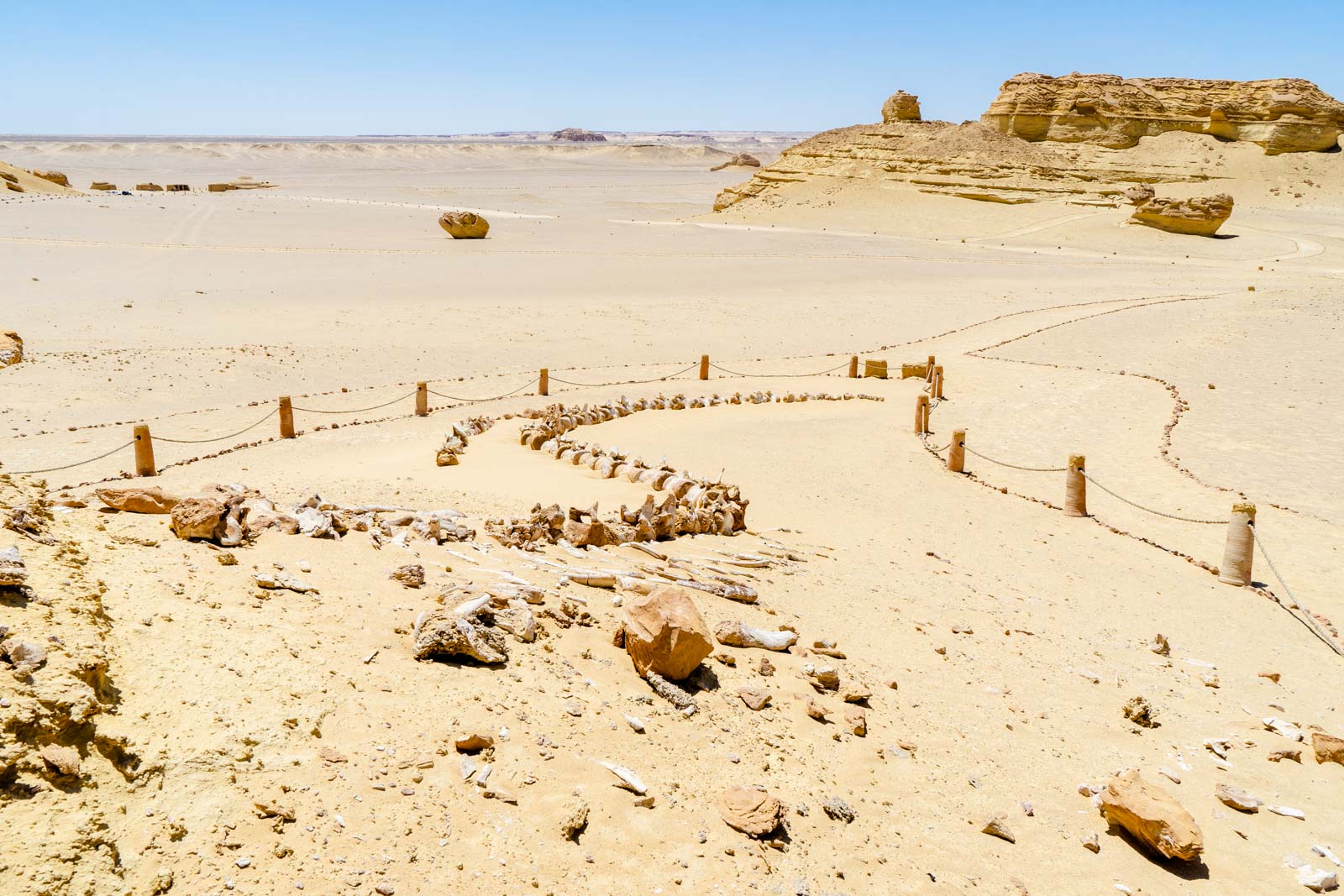
Egypt's Whale Valley What Wadi AlHitan can teach us!
Wadi El Hitan Fayoum is the home of Wadi El-Hitan (The Valley of the Whales) the only Natural World Heritage Site in Egypt nominated by UNESCO in 2005 by the World Heritage Center UNESCO-WHC. The site is in Wadi El-Rayan Protected Area and is internationally famous for its fossil content that tell the iconic story of whales' evolution.

Wadi AlHitan (Whale Valley), Egypt. 360DegreesAroundEgypt ShareYourExperience
Wadi Al-Hitan Photo by Els Slots. Wadi Al-Hitan (Whale Valley) is the largest and most important site in the world for whale fossils. These fossils belong to a now-extinct subspecies of whales, which show their transition from land animals to marine mammals: they still have hind legs.

Wadi elHitan (Valley of Whales), Sahara, Egypt Virily
Wadi Al-Hitan is State owned and has strong and unequivocal legal protection under the Egyptian Law 102/1983 for Nature Protectorates reserves, forbidding actions that would lead to destruction or deterioration of the natural environment. The law mentions geological features as specific elements receiving protection.
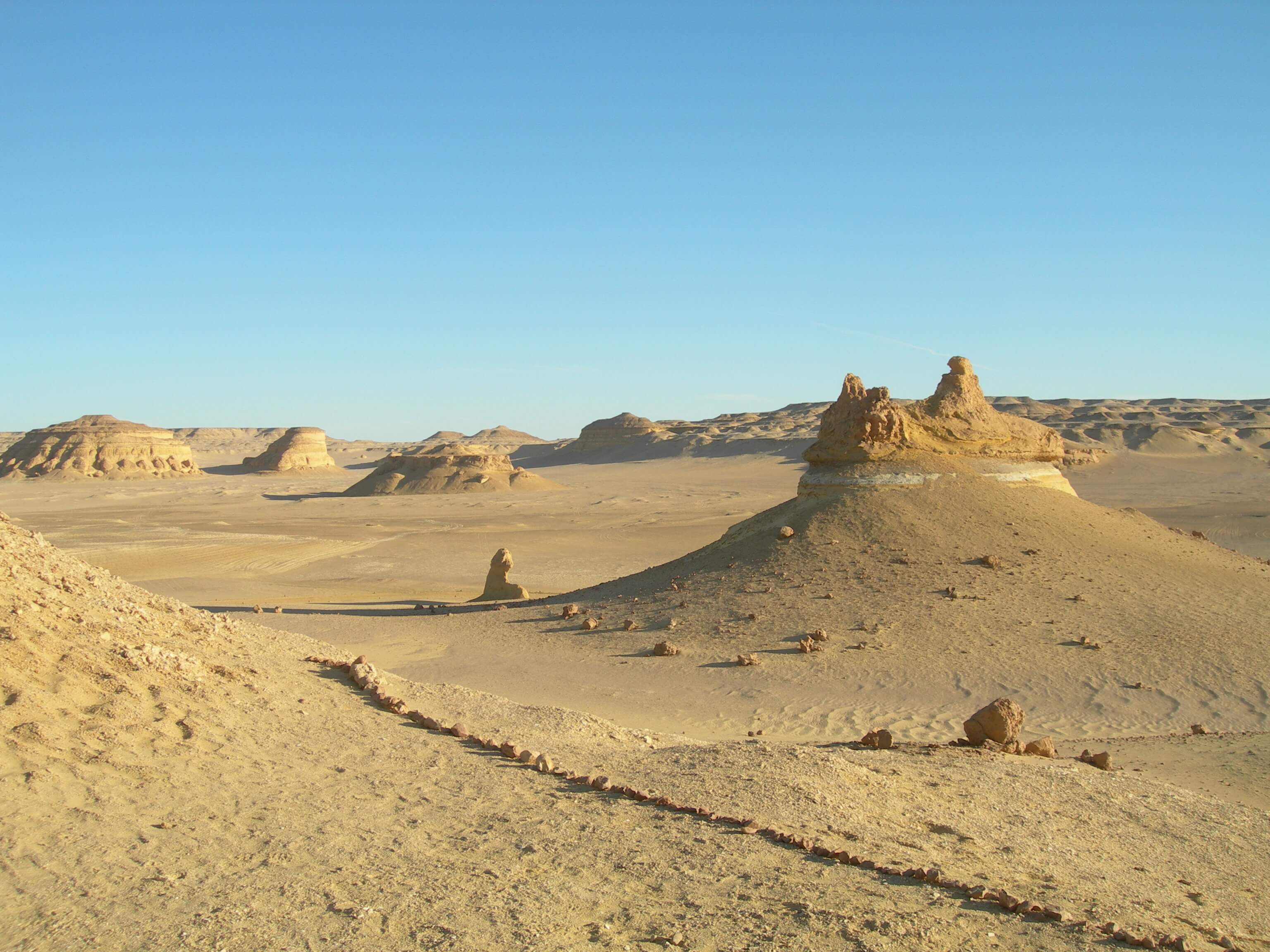
Wadi AlHitan (Whale Valley) EGYPT KEY TOURS
Wadi El Hitan is now located in the governorate of Fayyoum and is considered one of the most important tourist attractions in the Upper Egyptian city. You will be impressed by the large concentration of prehistoric fossils that date back to more than 40 million years ago.

An Ultimate Guide To Wadi alHitan Vanilla Papers
Dating back 40 to 50 million years, Wadi al-Hitan is a paleontological miracle-find; although not the oldest site worldwide, it presents an interesting subset of questions that have yet to be answered—rather, it introduces more questions than answers, period. Still, with millions of skeletal remains intact, including some with the contents of.
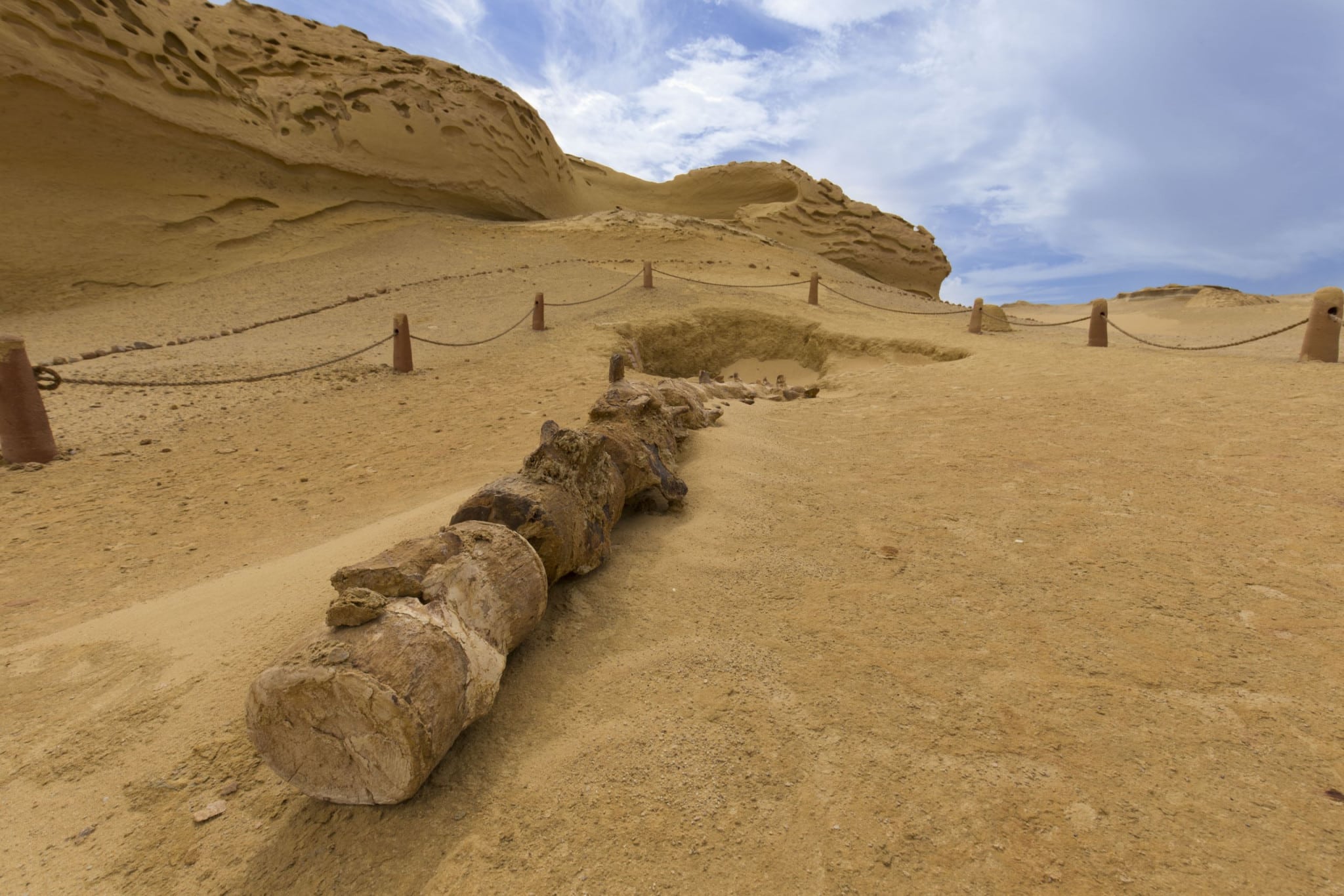
A walk through history at Wadi AlHitan Whale Valley Chris Travel Blog
Wadi al-Hitan (Valley of the Whales) Ibsheway, Egypt Egyptian treasure trove of fossils documenting the whale's transition from land mammal to sea creature. Been Here? 42 Want to Visit? 369 A.